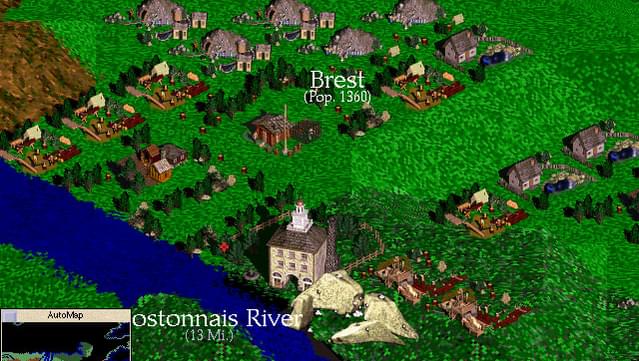
The label is also often used in agriculture. New World monkeys, New World vultures, New World warblers.

Biological taxonomists often attach the "New World" label to groups of species that are found exclusively in the Americas, to distinguish them from their counterparts in the "Old World" (Europe, Africa and Asia), e.g. In a biological context, species can be divided into those which can be found in the Old World ( Palearctic, Afrotropic) and the New World ( Nearctic, Neotropic). For lack of alternatives, the term is also useful in collectively discussing the Americas and the nearby oceanic islands, such as Bermuda and Clipperton Island. It is still commonly employed when discussing these events historically.

The term "New World" was first used in the early 16th century, in light of the voyages of Christopher Columbus and the subsequent European colonization of the Americas.

"New World" are meaningful in historical contexts and for the purpose of distinguishing the world's major biogeographic realms and classifying plant and animal species that originated therein. History of the New World "Historia antipodum oder newe Welt".


 0 kommentar(er)
0 kommentar(er)
